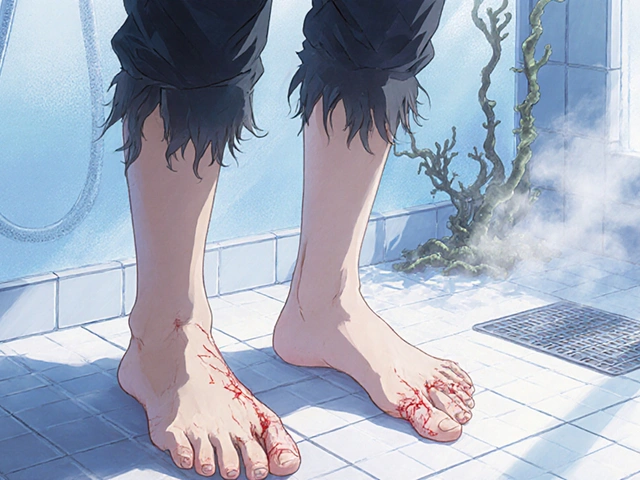Anemia: Quick Guide to Causes, Symptoms, and Treatment
Feeling constantly tired, short of breath, or noticing pale skin? Those are classic clues that your blood might not have enough healthy red cells. That condition is called anemia, and it’s more common than you think. Below we break down why it happens, what to look for, and how you can start fixing it without a PhD in medicine.
Common Causes of Anemia
Most anemia cases trace back to three main reasons. First, iron shortage – the body needs iron to build hemoglobin, the protein that carries oxygen. If you skip iron‑rich foods or lose blood regularly (like heavy periods), levels drop fast. Second, vitamin deficiencies, especially B12 and folate, can halt red‑cell production. Third, chronic diseases such as kidney problems or inflammatory disorders can interfere with the bone marrow’s ability to make cells.
Even something as simple as a poor diet can tip the balance. Processed foods, coffee, and tea can block iron absorption, while a lack of meat, beans, or leafy greens keeps the supply low. If you have an underlying condition, treating that disease often improves anemia too.
How to Manage Anemia at Home
Start with a quick blood test. Knowing your hemoglobin number tells you how severe the issue is and which type you have. Once you have the numbers, add iron‑rich foods to each meal: red meat, poultry, fish, lentils, spinach, and fortified cereals. Pair these with vitamin C sources like orange juice or bell peppers – they boost iron absorption.
If diet alone isn’t enough, an over‑the‑counter iron supplement can help, but take it with food to avoid stomach upset. For B12‑related anemia, a simple daily pill or occasional injection may be recommended by your doctor.
Stay hydrated and keep active. Light exercise, such as walking or gentle yoga, improves circulation and helps your body use oxygen more efficiently. If you feel dizzy or unusually short of breath during activity, pause and call your healthcare provider.
Remember, severe anemia can be a medical emergency. If you experience chest pain, rapid heartbeat, or fainting spells, seek care right away. Otherwise, most cases improve with diet tweaks, supplements, and treating any underlying disease.
While you’re working on the numbers, keep a symptom diary. Note how you feel after meals, workouts, or sleep. This record helps you and your doctor spot patterns and adjust treatment faster.
In short, anemia is usually a fixable problem if you catch it early. Check your blood, eat iron‑rich foods, consider supplements, stay active, and follow up with your doctor. With those steps, you’ll likely feel more energetic and ready to tackle the day.

Cyclophosphamide Blood Health Guide: Managing Hematological Side Effects
Clear, practical guide to protect your blood health on cyclophosphamide: what to expect, when labs drop, red flags, prevention, and step-by-step actions.




